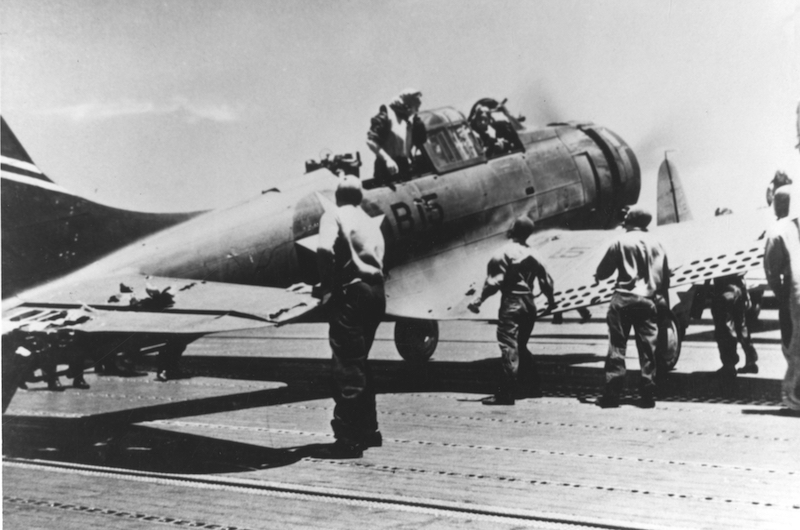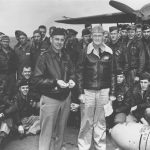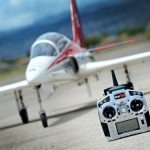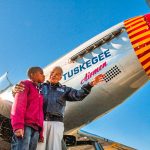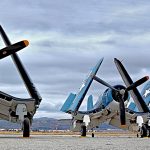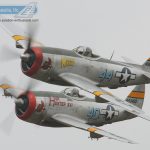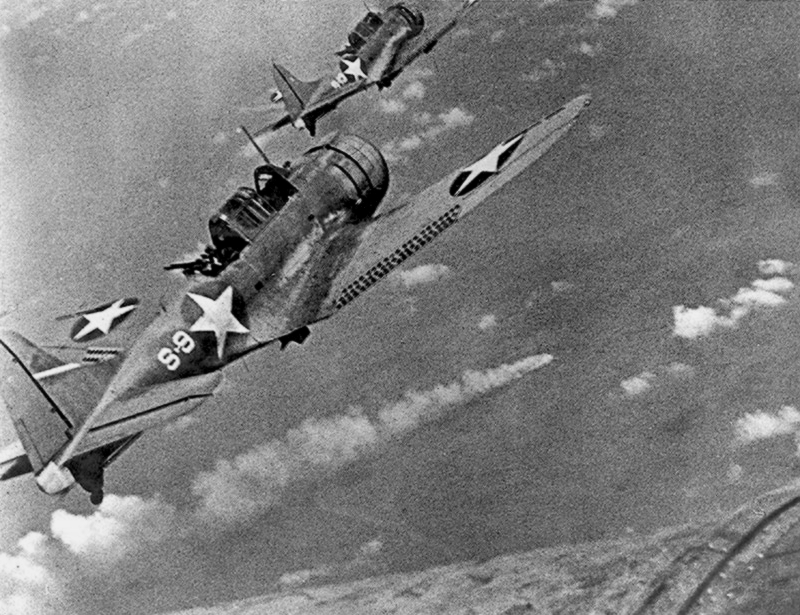
On June 4 – 7, 1942, six months after the attack on Pearl Harbor, the United States defeated Japan in one of the most decisive naval battles of World War II. During the Battle of Midway, U.S. forces successfully destroyed Japan’s major aircraft carriers Akagi, Kaga, Soryu, and Hiryu in a decisive victory that proved to be the turning point in the Pacific War.Pacific Aviation Museum Pearl Harbor will mark the 75th anniversary of the Battle of Midway with a two-day symposium, May 31 and June 1, from 9 am – 4 pm. The symposium is free with registration. The May 31 symposium also will be followed by a free Battle of Midway Exhibit Reception, 5 – 7 pm, to unveil the Museum’s new interactive Battle of Midway Exhibit kiosks.
Award-winning authors and historians will explore the origins and outcomes of the battle from both sides of the conflict through lively presentations and in-depth discussions. Battle of Midway survivors are also expected to attend. Presenters include:
Dr. Craig L. Symonds, one of America’s leading naval historians. He is professor of History Emeritus at the United States Naval Academy where he taught for 30 years and served as department chair. Dr. Symonds is the author or editor of 28 books, including The Battle of Midway and Decision at Sea: Five Naval Battles that Shaped American History.Jonathan Parshall, founder and webmaster of combinedfleet.com, the premier reference website on the Imperial Japanese Navy. He is the coauthor of Shattered Sword: The Untold Story of the Battle of Midway and has written for the Naval War College Review, U.S. Naval Institute Proceedings, and World War II magazine.
Daniel Martinez, chief historian of the World War II Valor in the Pacific National Monument, which honors the events, people and sites of the Pacific Theater engagement and serves as home of the USS Arizona Memorial, USS Utah Memorial, USS Oklahoma Memorial, and the mooring quays that were part of Pearl Harbor’s “Battleship Row.” Matt Brown, U.S. Fish and Wildlife Superintendent of Papahānaumokākea Marine National Monument. Formerly, he was the Midway Atoll National Wildlife Refuge Manager, and most recently, hosted President Obama for his visit to the Atoll last September during the expansion of Papahānaumokuākea. Brown will provide attendees with an overview of Midway Atoll today.
For a detailed schedule and to register, go to PacificAviationMuseum.org or call 808-445-9137.
Pacific Aviation Museum Pearl Harbor is located on Historic Ford Island, where bombs fell during the attack on Pearl Harbor, December 7, 1941. Visitors to the Museum can see remnants from that day of infamy, including the 158-foot tall, red and white iconic Ford Island Control Tower, Hangars 37 and 79, and bullet holes in Hangar 79. Through its preservation and restoration of World War II fighter planes and accompanying artifacts in the Museum’s historic hangars, Pacific Aviation Museum Pearl Harbor shares the story of the vital role aviation played in the winning of World War II, and its continuing role in maintaining America’s freedom.
Pacific Aviation Museum Pearl Harbor is a 501(c) (3) non-profit organization. Its mission is to develop and maintain an internationally recognized aviation museum on Historic Ford Island that educates young and old alike, honors aviators and their support personnel who defended freedom in The Pacific Region, and to preserve Pacific aviation history. Contact: 808-441-1000; [email protected]








